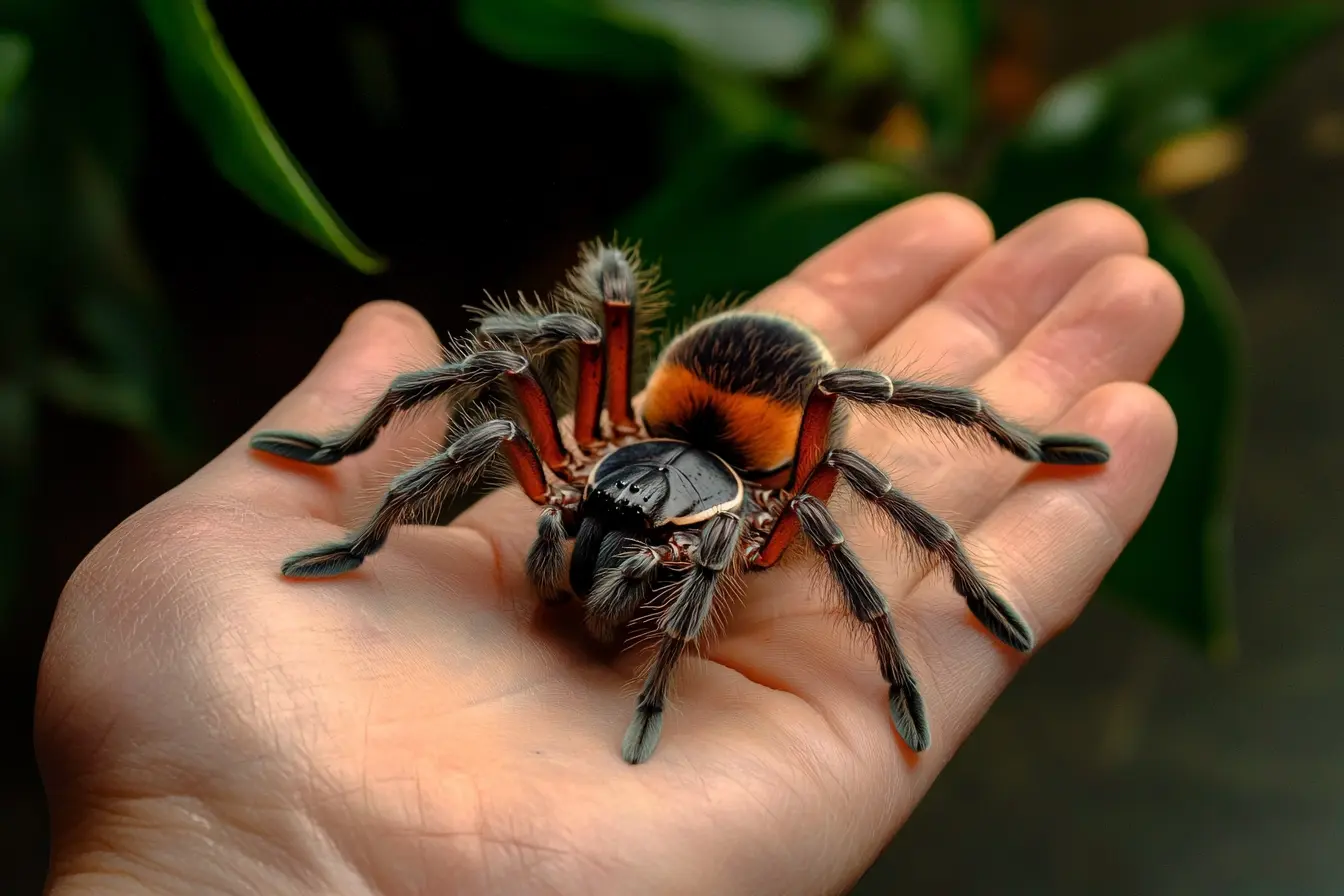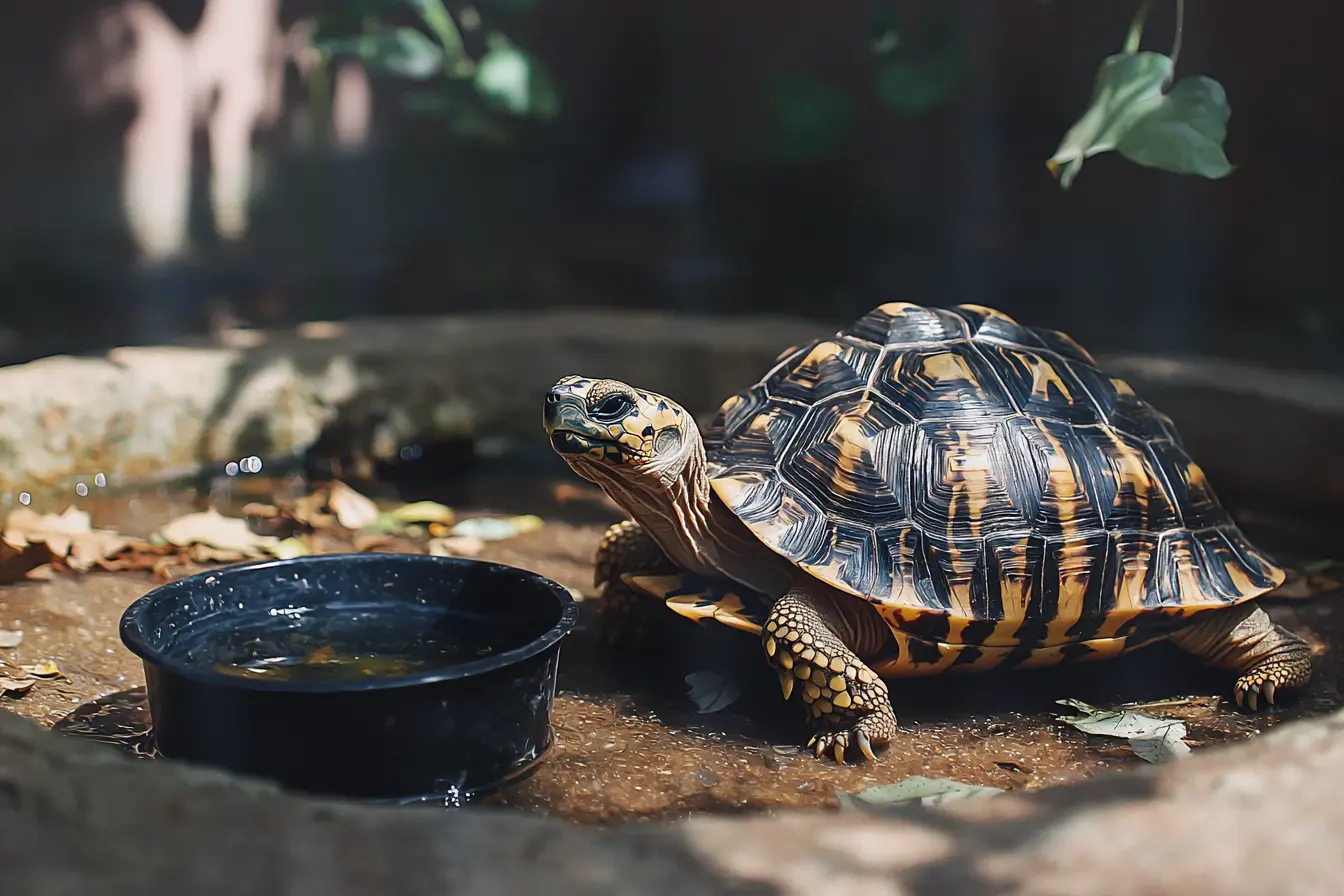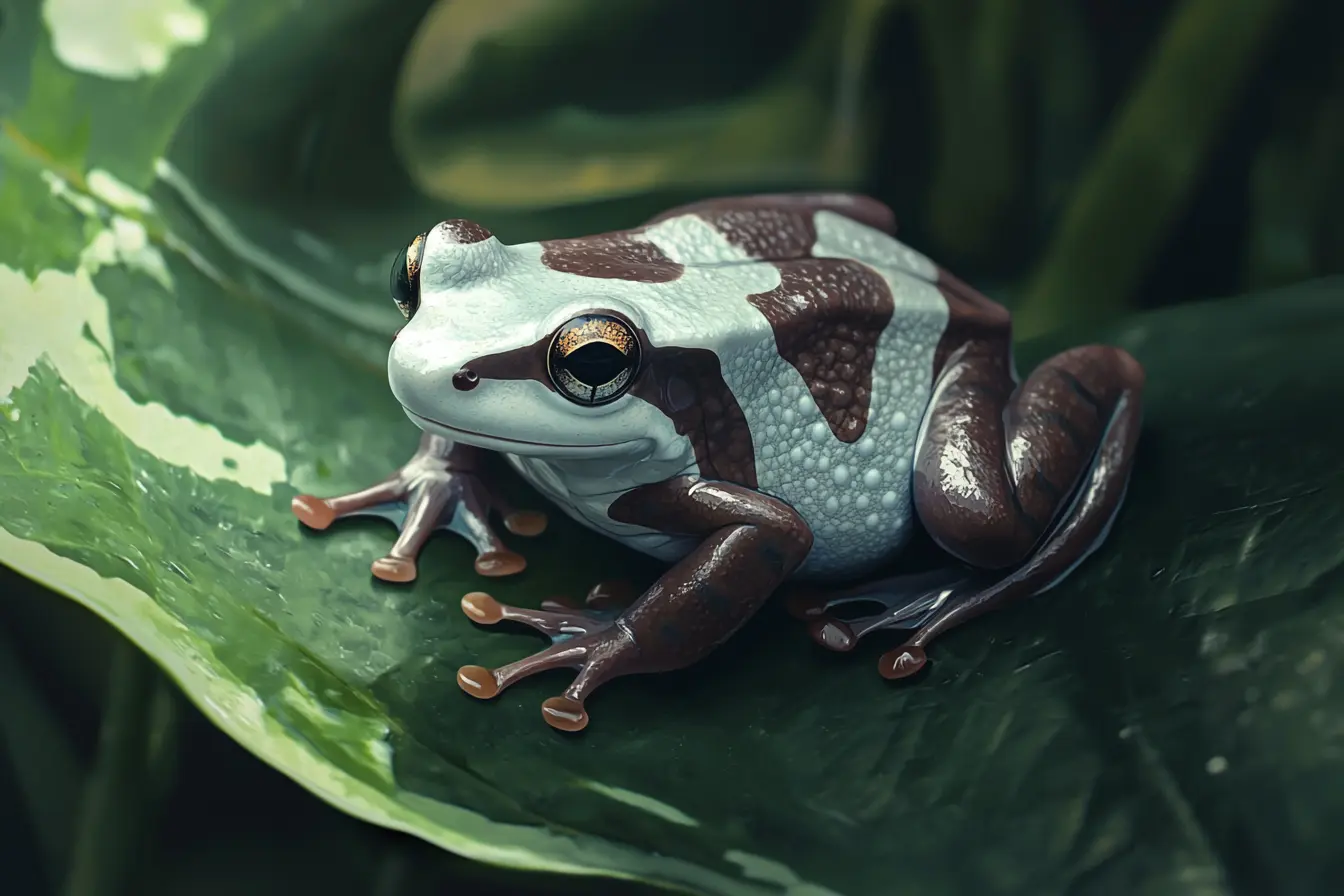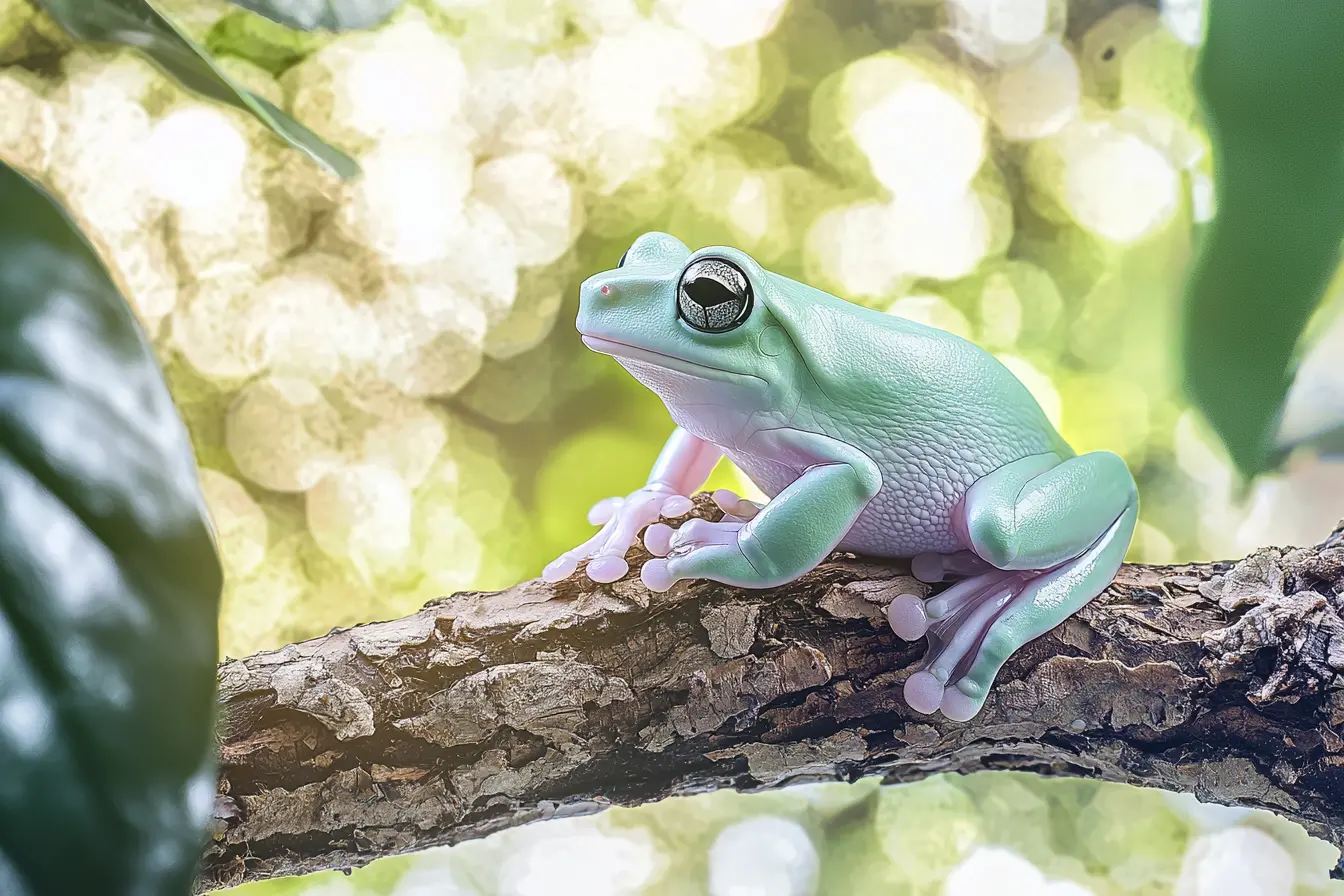
Thinking of Getting a Tarantula? Here's What You Need to Know
Tarantulas are among the most popular exotic pets, famed for their fascinating behaviour and relatively low maintenance needs. If you're considering adding a tarantula to your family, it's important to understand the variety of species available, their specific care requirements, and the responsibilities that come with owning such a unique pet.
Choosing the Right Tarantula
Popular Tarantula Species for Beginners
- Chilean Rose (Grammostola rosea): Known for its docility and ease of care, this species is a great starter tarantula.
- Mexican Redknee (Brachypelma hamorii): Famous for its striking colours and calm nature, this species is slightly more delicate and requires a bit more care, making it suitable for someone with a bit of experience in tarantula care.
- Curly Hair (Tliltocatl albopilosus): Another beginner-friendly option, this tarantula is known for its distinctive curly hair and gentle temperament.
Advanced Tarantula Species
- Goliath Birdeater (Theraphosa blondi): As one of the largest tarantulas in the world, this species is for more experienced enthusiasts. It requires more space and has specific humidity needs.
- Green Bottle Blue (Chromatopelma cyaneopubescens): Known for its vivid blue and green colouring, this species is a beautiful but more challenging option due to its specific environmental needs.
Legal and Ethical Considerations
- Check Local Regulations: Ensure there are no local restrictions on owning a tarantula.
- Responsible Sourcing: Always purchase tarantulas from reputable breeders or stores to avoid supporting illegal wildlife trade.
Housing and Environment
- Enclosure: Tarantulas need a secure tank or terrarium. While they don't require vast spaces, the enclosure should allow them to move freely and provide places to hide.
- Substrate: A layer of substrate for burrowing is essential for their well-being. Coconut fibre, peat moss, or a mix of soil and vermiculite are good options.
- Temperature and Humidity: Most tarantulas thrive in a warm environment (around 24-27°C) with moderate humidity, which varies depending on the species.
Diet and Health Care
- Feeding: Tarantulas typically eat insects such as crickets and mealworms. The size and frequency of meals depend on the tarantula’s size and species.
- Health: Common issues include dehydration and moulting problems. Providing a moist hide and ensuring the enclosure is humid enough can help prevent these issues.
Handling and Interaction
- Handling: While some tarantulas tolerate occasional handling, they are generally not pets that enjoy being held. Handling can be stressful for the spider and poses a risk of falls, which can be fatal.
- Bites and Venom: Most pet tarantulas have venom that is harmless to humans (similar to a bee sting in terms of pain), but some individuals may be allergic.
Long-Term Commitment
- Lifespan: Tarantulas can live a surprisingly long time. Females of some species can live up to 20 years, so owning a tarantula is a long-term commitment.
Conclusion
Owning a tarantula can be a deeply rewarding experience, providing a unique insight into the world of these fascinating creatures. However, they require careful handling, specific environmental conditions, and regular care to thrive. Ensure you are fully prepared for the responsibility before deciding to bring a tarantula into your home. By doing thorough research and understanding the needs of your potential new pet, you can ensure a healthy and happy life for your tarantula.
Vets near you
Speciality vets
- Aquatics vet specialists
- Birds vet specialists
- Camelids vet specialists
- Cats vet specialists
- Cattle vet specialists
- Deer vet specialists
- Dogs vet specialists
- Equines vet specialists
- Exotic vet specialists
- Goats vet specialists
- Pigs vet specialists
- Poultry vet specialists
- Sheep vet specialists
- Small Mammals vet specialists
- Wild vet specialists



